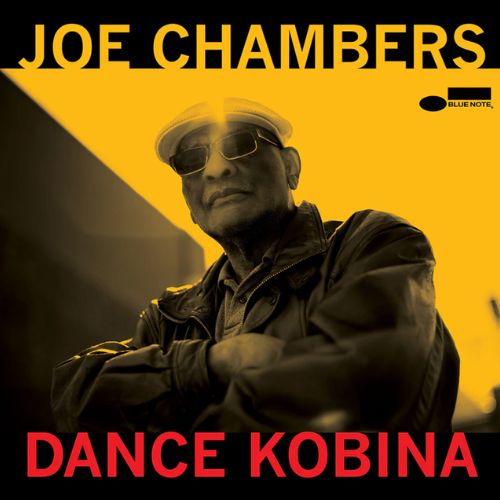Recording sessions in New York and Montréal provided alternate contexts for the artists to experiment orchestrally, stretching out around textural and harmonic ideas as well as rhythmic possibilities. But the intrinsic beauty of Dance Kobina reflects all the nuanced ways each piece relates to its counterparts. “What makes a great suite great? The relationship between the various pieces,” says Chambers, who also serves as producer and arranger for the recording.
Chambers developed a profound understanding of these relationships over the course of his legendary career. Though he released his first Blue Note album as a leader in 1998, he’d been in the stable for decades, recording on pivotal 1960s sessions with Bobby Hutcherson, Wayne Shorter, Joe Henderson, Freddie Hubbard, Andrew Hill, and Sam Rivers. His resume expands outside the label, including associations with Eric Dolphy, Tommy Flanagan, Art Farmer, Charles Mingus, Sonny Rollins, and Max Roach.
Chambers’ legacy of treating repertoire as vessels for spontaneity emerges with renewed energy on Dance Kobina. His New York band comprises trio-mates Rick Germanson on piano and Mark Lewandowski on bass, as well as Cuban percussion master Emilio Valdés Cortes and Marvin Carter on alto saxophone. Montréal personnel includes Caoilainn Power on alto saxophone; pianist Andrés Vial — who called the session and serves as co-producer on several tracks; Michael Davidson on vibraphone; Ira Coleman on bass; and Congolese artist Elli Miller Maboungou on percussion. “Andrés’ date was percussion centered,” says Chambers. “It was so striking to me, and I thought, I’d like to take some of these songs and put them on this stuff we did in New York.”
Sign up for WDNA’s weekly newsletter to receive the Album of the Week in your inbox.
Each week, WDNA music director, Michael Valentine shares his album of the week. Michael’s picks often focus on new jazz releases, but sometimes dip into history with notable and classic releases worth revisiting.





